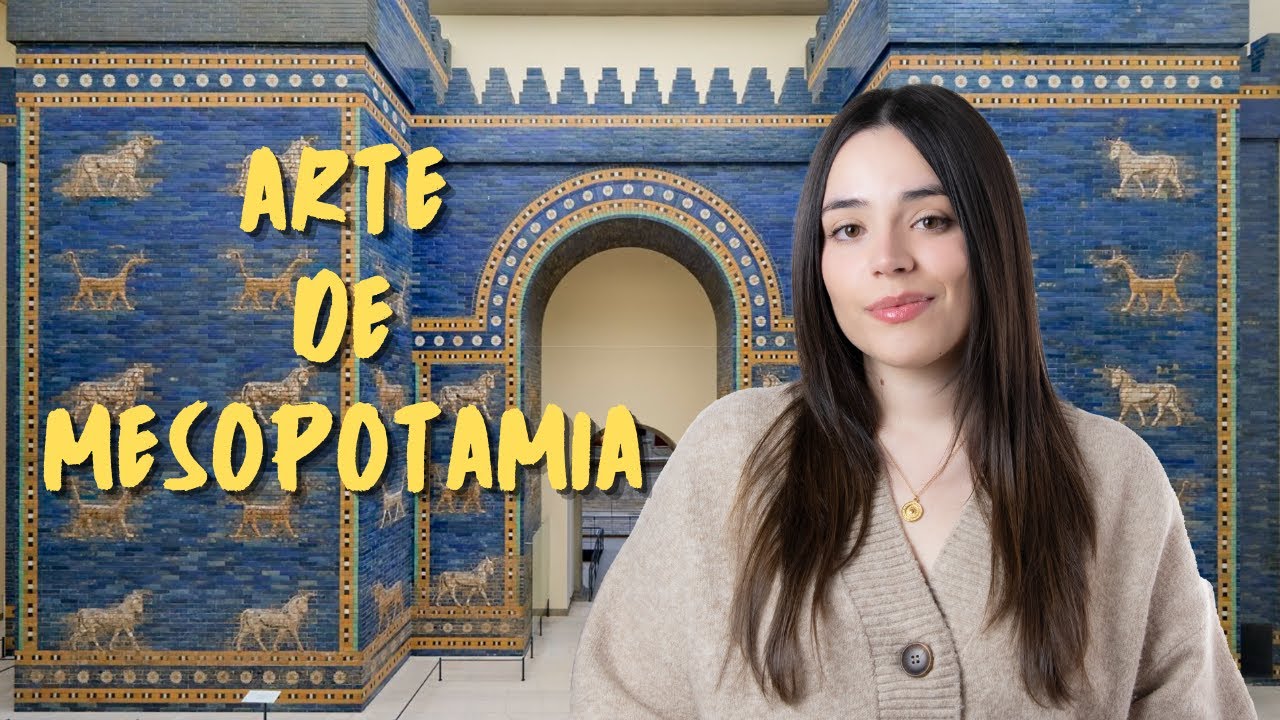Babylonia Empire: Law & Order
Summary
TLDRThe script delves into the Babylonian Empire's rise under King Hammurabi, who sought to unify his diverse empire through the Code of Hammurabi. This legal document, inscribed on a stele, contained over 300 laws aimed at creating uniformity and fairness in trade, property, and compensation. The script highlights the code's significance in establishing a universal legal system and its influence on later legal concepts, such as 'innocent until proven guilty' and 'an eye for an eye.' It also discusses the visual representation of divine authority granted to Hammurabi by the sun god Shamash, suggesting a connection to the narrative of Moses receiving the Ten Commandments.
Takeaways
- 🏛️ The Babylonian Empire emerged in Mesopotamia around the 18th century BCE, following the disintegration of the Acadian Empire due to climate change and political disturbances.
- 👑 King Hammurabi established the Babylonian Empire and saw himself as the inheritor of the Acadian Empire's grandeur, naming his empire 'mat Acadia', meaning 'the country of Akkad'.
- 📜 The Code of Hammurabi, established by Hammurabi, is a set of over 300 laws that aimed to unify his diverse empire and create uniformity in governance.
- 🗿 The code was inscribed on a stele, a stone monument, which also features a significant low relief carving at the top, symbolizing divine authority.
- 👁️ The laws covered topics such as property rights, trade, and compensation, emphasizing fairness and a universal treatment under the law, regardless of social class.
- 🔄 The Code of Hammurabi aimed to eliminate personal biases in the implementation of the law, ensuring that similar crimes received the same punishment across social classes.
- 🌐 The code was widely distributed throughout the empire, with fragments found in multiple locations, indicating its importance in creating a homogenized discipline.
- 👼 The top of the stele features a carving of the god Shamash, the sun god, handing Hammurabi symbols of rulership and authority, signifying divine sanction of the code.
- 📝 The Code of Hammurabi introduced famous legal concepts such as 'innocent until proven guilty', 'an eye for an eye', and 'a tooth for a tooth', which have influenced legal systems and narratives worldwide.
- 📖 The narrative of the Code of Hammurabi may have inspired the biblical story of Moses receiving the Ten Commandments from God on stone tablets, highlighting its historical and cultural significance.
Q & A
What was the name of the empire that arose in Mesopotamia after the disintegration of the Acadian Empire?
-The Babylonian Empire arose in Mesopotamia after the disintegration of the Acadian Empire.
Who was the king under whose rule the Babylonian Empire was established?
-The Babylonian Empire was established under King Hammurabi.
What was the alternative name for the Babylonian Empire according to Hammurabi and his successors?
-Hammurabi and his successors referred to their empire as mat Acadia, which translates to the country of Akkad.
What was the solution Hammurabi came up with to unify his diverse empire?
-Hammurabi came up with the Code of Hammurabi as a solution to unify his diverse empire.
How many laws did the Code of Hammurabi consist of?
-The Code of Hammurabi consisted of over 300 laws.
What was the main purpose of the Code of Hammurabi being widely distributed across the empire?
-The main purpose of the wide distribution of the Code of Hammurabi was to create homogenization and discipline within the empire.
What does the term 'stele' refer to in the context of the Code of Hammurabi?
-In the context of the Code of Hammurabi, a 'stele' refers to a stone monument or marker on which the code was inscribed.
What are the two main topics covered by most of the laws in the Code of Hammurabi?
-The majority of the laws in the Code of Hammurabi are about property rights and commerce, dictating fairness in trade and compensation.
What is the significance of the Code of Hammurabi in terms of legal treatment across social classes?
-The significance of the Code of Hammurabi is that it established a universal treatment under the law, eliminating personal biases or preferences in the implementation of the law.
What is depicted in the low relief carving at the top of the stele of the Code of Hammurabi?
-The low relief carving at the top of the stele depicts the god Shamash handing the symbols of rulership and authority, a rod and a ring, to Hammurabi, signifying divine sanction of the laws.
How does the Code of Hammurabi relate to the idea of 'innocent until proven guilty' and the concept of retributive justice?
-The Code of Hammurabi introduced the concept of uniform legal treatment and is associated with the idea of 'innocent until proven guilty' as well as retributive justice concepts like 'an eye for an eye'.
What historical narrative has been speculated to have been inspired by the stele of the Code of Hammurabi?
-The narrative of Moses receiving the Ten Commandments from God on stone tablets has been speculated to have been inspired by the stele of the Code of Hammurabi.
Outlines

Dieser Bereich ist nur für Premium-Benutzer verfügbar. Bitte führen Sie ein Upgrade durch, um auf diesen Abschnitt zuzugreifen.
Upgrade durchführenMindmap

Dieser Bereich ist nur für Premium-Benutzer verfügbar. Bitte führen Sie ein Upgrade durch, um auf diesen Abschnitt zuzugreifen.
Upgrade durchführenKeywords

Dieser Bereich ist nur für Premium-Benutzer verfügbar. Bitte führen Sie ein Upgrade durch, um auf diesen Abschnitt zuzugreifen.
Upgrade durchführenHighlights

Dieser Bereich ist nur für Premium-Benutzer verfügbar. Bitte führen Sie ein Upgrade durch, um auf diesen Abschnitt zuzugreifen.
Upgrade durchführenTranscripts

Dieser Bereich ist nur für Premium-Benutzer verfügbar. Bitte führen Sie ein Upgrade durch, um auf diesen Abschnitt zuzugreifen.
Upgrade durchführen5.0 / 5 (0 votes)






